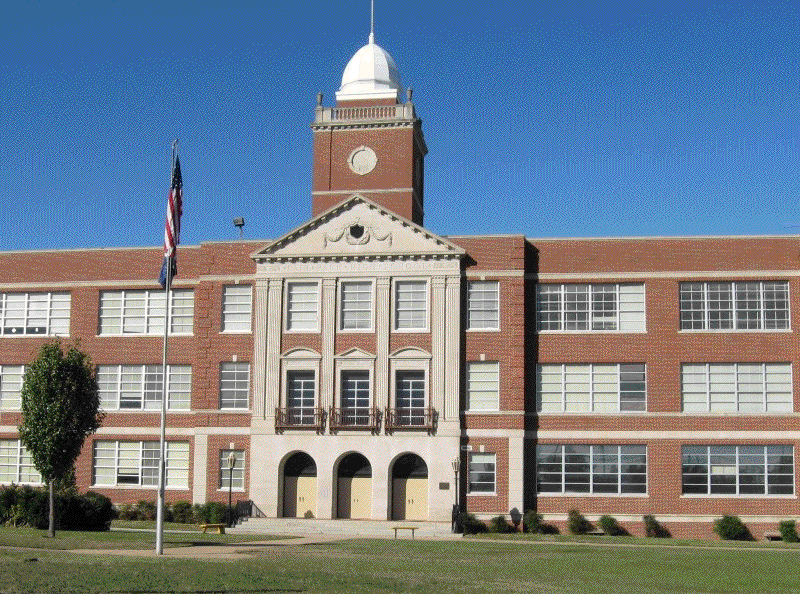




























|
(Click underlined name to send an e-mail.)
|

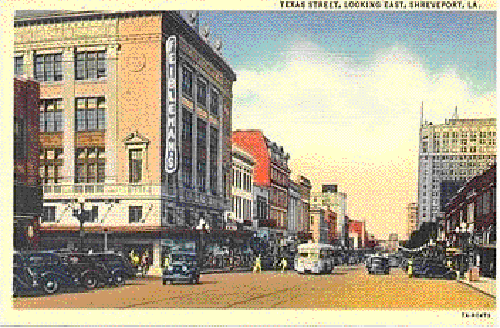
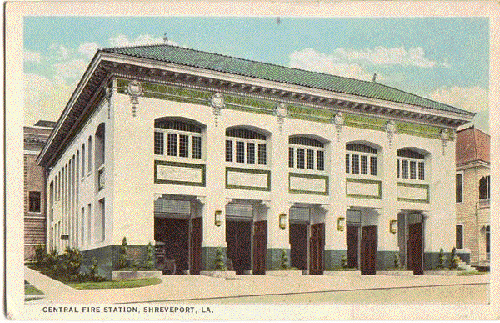
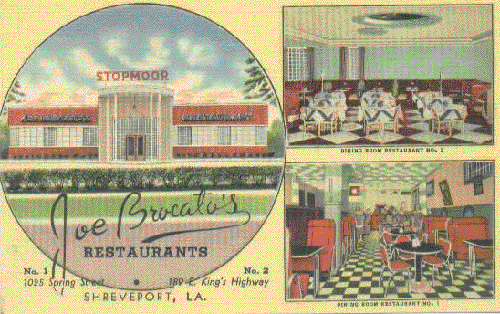
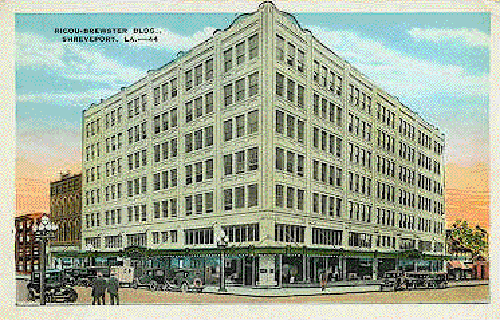
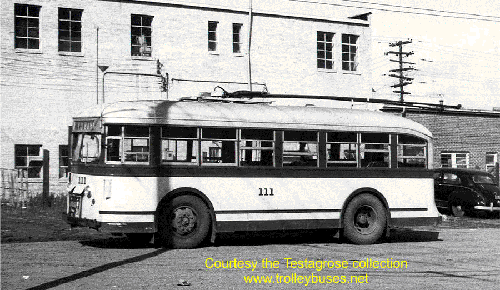
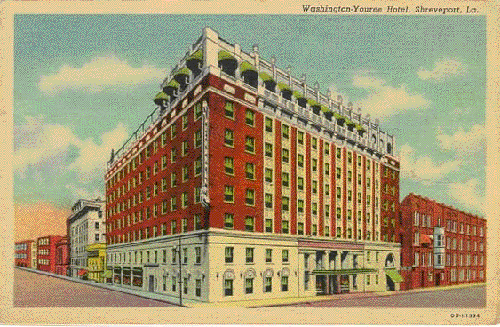

History of Queensborough
One of Shreveport's historic older neighborhoods is the Queensborough area, which came into being at the end of the nineteenth century. A neighborhood of tree-lined streets, frame houses ranging from small bungalows to spacious two story homes with wide porches, Queensborough lies within close proximity to the Fair Grounds and the medical district orbiting Willis-Knighton Medical Center. And, although the Queensborough area saw a great deal of blight during the late twentieth century, evidence of its once-proud character still shows through in many places. In fact, in some places, Queensborough is seeing a new revitalization.
Although sections of it are older, Queensborough as a distinct neighborhood really dates from the development of a suburban subdivision called Virginia Place on what was then the far western edge of Shreveport in 1901. Virginia Place was the creation of George Marion Hearne (1861-1956), a local merchant and founder (in 1902) of Hearne's Dry Goods, a longtime downtown department store.
Mr. Hearne named several of the streets in Virginia Place for his relatives. Virginia Avenue, like Virginia Place itself, was probably named for his mother, Virginia Ewing Greer (1824-1899). Marion, Mr. Hearne's middle name, was a family name (a daughter was named Marion Virginia also) as was Leslie, the name of one of Mr. Hearne's nieces. Possibly Marion Street was named for Marion Greer, Mr. Hearne's uncle, or for the daughter mentioned above, or perhaps both. Undoubtedly Bessie Street is named for a relative as well, possibly Hearne's sister (he was one of 12 children) Susan Elizabeth, who died at the age of three many years before the subdivision was laid out. Another Hearne ancestral name is found is Judson Street – another of George Hearne's sisters was Cordelia Judson Hearne; she also died in childhood.
It is often assumed that Virginia Avenue was simply one of those Queensborough streets named for states of the union (such as Kentucky Ave., Arkansas Street, Michigan Blvd., etc.), but these were developed much later and by other developers, with the exceptions of Alabama and Missouri Avenues, which were named for locales from which the Hearnes had migrated to Louisiana. These streets were the first to start the trend of naming Queensborough streets for states of the union. Incidentally, the portion of Virginia Avenue bisecting the Willis-Knighton property was renamed to honor Dr. Albert Bicknell several years ago. The late Dr. Bicknell was a prominent physician closely associated with the history and development of that medical center, now the largest in the state of Louisiana.
It has also been assumed that Hearne Avenue was named for George Marion Hearne, who developed this part of the town. However it appears that George Marion Hearne actually named the street himself in honor of his father, George Hearne (1819-1862), a Bossier Parish Confederate soldier who died during the Civil War. Little did Mr. Hearne know when he named his original three block-long street in 1901 that it would be expanded and extended time and again and would today be one of the major thoroughfares of Shreveport.
Soon after Hearne's development others followed suit and a number of adjacent subdivisions grew up around Virginia Place, expanding into what by 1905 had become known (for reasons still somewhat unclear) as Queensborough. Among the names of these subdivisions are Murray Park, Brunswick Grove, Edgewood, Queensborough Annex, Winsborough, Union Square, Bellaire, Rose Hill, and Schumpert Park. Dr. T. E. Schumpert, founder of what is now the Christus-Schumpert Medical Center, owned and developed a sizeable amount of real-estate in Queensborough prior to his death in 1908. Ironically, his own home stood at the northwest corner of Greenwood Road and Portland Avenue, part of the site of Willis-Knighton Medical Center today. Much of the land that became Queensborough was owned by Sanford Brown McCutchen, whose name is reflected (though misspelled) in McCutcheon Street today. Another major landowner was J. N. Fetzer, who possessed a large estate at the northeast corner of Exposition and Lakeshore. Lakeshore itself was long known as Fetzer Avenue, its name being changed in the 1930s (though a small arm of the old street, north of Greenwood Road and west of Jewella, still bears the Fetzer name).
Woodward Street is named for J. M. Woodward and Bell Street (on the edge of the Queensborough and West End neighborhoods) for Judge Thomas Fletcher Bell. Both were major landowners in the Queensborough and West End areas. Boss Street, off Greenwood Road, is named for J. H. Boss, who owned much of the land in that area, close to where Fair Park High School was built in 1928-29. Another area school is Queensborough elementary, which opened in 1911. It was expanded in 1924 and again in 1937. In 1987 the original school building burned but the school was reopened using its later buildings in 1989.
Queensborough is dotted with fine church buildings as well. The old home of Mangum Memorial Methodist Church, a beautiful Gothic building on Missouri Avenue at Stonewall Street now houses the Zion Baptist Church. Down the street, at Missouri and Spruce, the old Queensborough Masonic Hall is also owned by Zion Baptist Church. Westminster Presbyterian Church was once housed in a building now owned by Willis-Knighton at Missouri and Hardy. A Prince Hall Masonic Lodge (Universal Grand Lodge of the State of Louisiana) is now located in the old home of St. Matthias Episcopal Church on Exposition between Spruce and Hardy Streets.
St. Theresa's Catholic Church at Portland and Bessie is gone, though the school building behind it is now part of the Willis-Knighton complex. Vanished also is the old First Seventh Day Adventist Church, which stood at Virginia and Bessie (much of Bessie and Leslie Streets, as well as the south end of Virginia Avenue have vanished beneath Willis Knighton Medical Center and its adjacent parking areas). Queensborough Baptist Church's old home (Missouri at West College) is now the Job Corps Center and the Lakeshore Church of Christ (3220 Lakeshore) is now the Sunrise Baptist Church. The old Portland Avenue Church of Christ, later West view Christian Church, now houses the Jewel Street Baptist Church, which moved there some time ago from Jewel Street in Allendale, but did not change its name; it is located at Darien and Portland Streets.
Much has changed in Queensborough over the years but the neighborhood remains largely intact. It is one of Shreveport's larger old neighborhoods yet today, despite its sprawling size and historical importance, sometimes is among the city’s most overlooked. It is an area rich in history and one full of rich and largely untapped potential for revitalization.
Legal disclaimer: Copyright Eric J. Brock, 2006, all rights reserved.
Permission to freely reproduce this article is granted so long as its text is not altered in any way and so long as credit for authorship is given to Eric J. Brock.
|
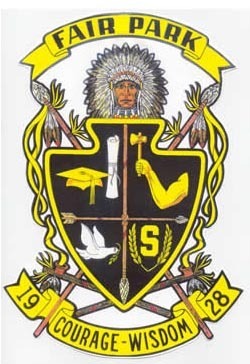 |
FPHS Class of '53
Reunion Planning Committee
c/o Bonnie Spence King
5624 S. Lakeshore Drive
Shreveport, LA 71119
Phone: 903-687-3309
|
